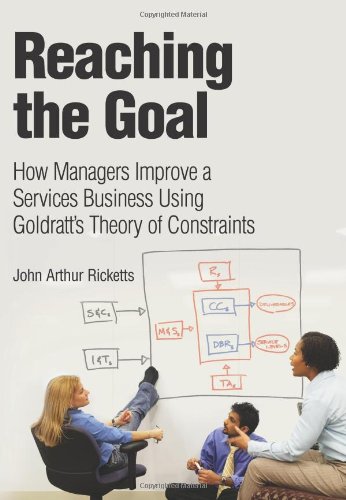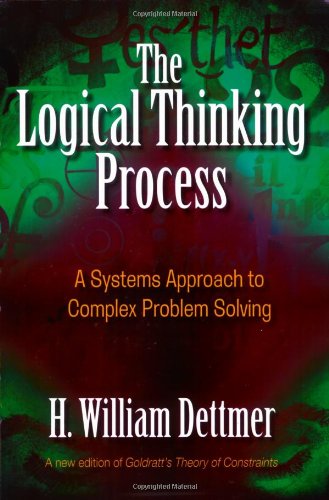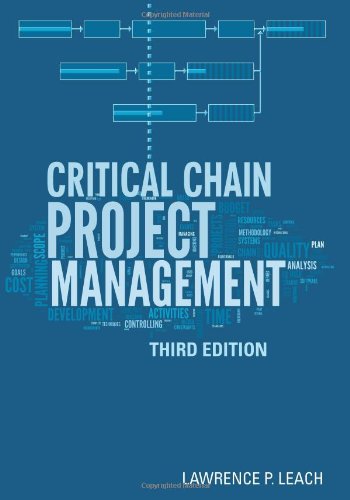
1

2

3

4

5
The Theory of Constraints (TOC) is a toolbox and system for organizational improvement. Introduced in 1984 in the book “The Goal” by Eli Goldratt, TOC is taught in over 1,400 business schools and is required reading for companies such as Amazon, Boeing, and Hitachi. These are the five books I’ve found to be the most useful when guiding companies as they use TOC tools.
1
We all hear about focusing on the customer. This book contains three disguised case studies on identifying a customer's unmet and unknown needs and developing solutions to those problems. It begins where books like SPIN Selling end.
2
TOC was popularized in The Goal. Unfortunately, the setting was manufacturing and TOC has been pigeon-holed as a production tool ever since. I've found, however, that TOC is an amazing tool for service organizations, including healthcare and NPOs. This book lays out the mindset and approach.
3
TOC focuses on helping organizations achieve more of their goal, or accomplishing more of whatever it was they were created for. That said, common accounting tools don't always help them to prioritize activities toward that goal. That's where throughput accounting comes in - and this book makes it easy.
4
TOC has "standard" solutions and tools for developing entirely new solutions. This book focuses on the later. Yes, it's a tome, and not for everyone. But I pull tools, as needed, from this book while facilitating with teams. As it turns out, the best ideas and solutions are often trapped inside of organizations - these TOC tools can help free them.
5
So what happens when an organization lives and dies by its ability to do projects? TOC tools still apply and focus on optimizing the flow of work through the most critical resources in a company. Even when those resources are shared across several projects. While part of the Project Management Institutes PMBOK, this book serves as an indispensable guide for project and portfolio owners.

1
We all hear about focusing on the customer. This book contains three disguised case studies on identifying a customer's unmet and unknown needs and developing solutions to those problems. It begins where books like SPIN Selling end.

2
TOC was popularized in The Goal. Unfortunately, the setting was manufacturing and TOC has been pigeon-holed as a production tool ever since. I've found, however, that TOC is an amazing tool for service organizations, including healthcare and NPOs. This book lays out the mindset and approach.

3
TOC focuses on helping organizations achieve more of their goal, or accomplishing more of whatever it was they were created for. That said, common accounting tools don't always help them to prioritize activities toward that goal. That's where throughput accounting comes in - and this book makes it easy.

4
TOC has "standard" solutions and tools for developing entirely new solutions. This book focuses on the later. Yes, it's a tome, and not for everyone. But I pull tools, as needed, from this book while facilitating with teams. As it turns out, the best ideas and solutions are often trapped inside of organizations - these TOC tools can help free them.

5
So what happens when an organization lives and dies by its ability to do projects? TOC tools still apply and focus on optimizing the flow of work through the most critical resources in a company. Even when those resources are shared across several projects. While part of the Project Management Institutes PMBOK, this book serves as an indispensable guide for project and portfolio owners.
© Five Books 2026